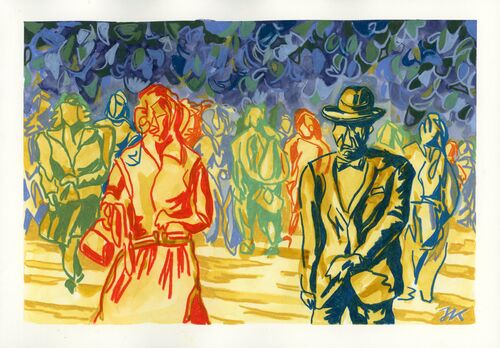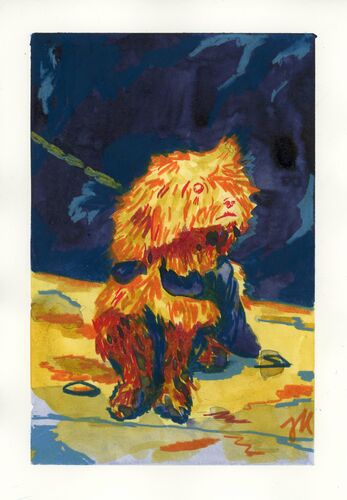With the invention of bookbinding around the 3rd century, book illumination gradually began to supplant the tradition of painted scrolls made of papyrus. Until the 15th century, book illumination on tear-resistant parchment was one of the predominant art genres in Europe, on a par with mural painting. It underwent many stylistic changes and exhibits regional characteristics. With the introduction of paper, letterpress printing, and new printmaking processes, the history of book painting as a »high art« ended. The Getty Center in Los Angeles now ventures a kind of reinterpretation with Graphic Design in the Middle Ages: book illumination as a precursor of graphic design. From August 29, 2023, to January 28, 2024, visitors can experience how artfully initial letters of chapters and even entire pages were designed.
In parallel, the Getty Center organizes the exhibition Alfredo Boulton: Looking at Venezuela, which already ends on 07 January. Boulton lived from 1908 to 1995 and is considered one of the most important photographers in Latin America. As a young man, the native Venezuelan became acquainted with the European art and literary avant-garde in Switzerland. Inspired by this, from 1928 onwards he devoted himself to the expressive depiction of landscapes, lifestyles and traditions of the various peoples in Central and South America. In this way, Boulton had a decisive influence on the development of modern art there. Even during his lifetime, his extraordinary work was recognized in the USA and Europe, as exemplified by exhibitions at the Museum of Modern Art in New York (1946) and the Musée de l'Homme in Paris (1978). To complement this, visitors can also view the permanent exhibition Alfredo Boulton: His Venezuela at the Getty Center, which began in 2019. The exhibits are drawn from the museum's archive, which houses more than 4,000 photographs and numerous letters and essays by Boulton.



















